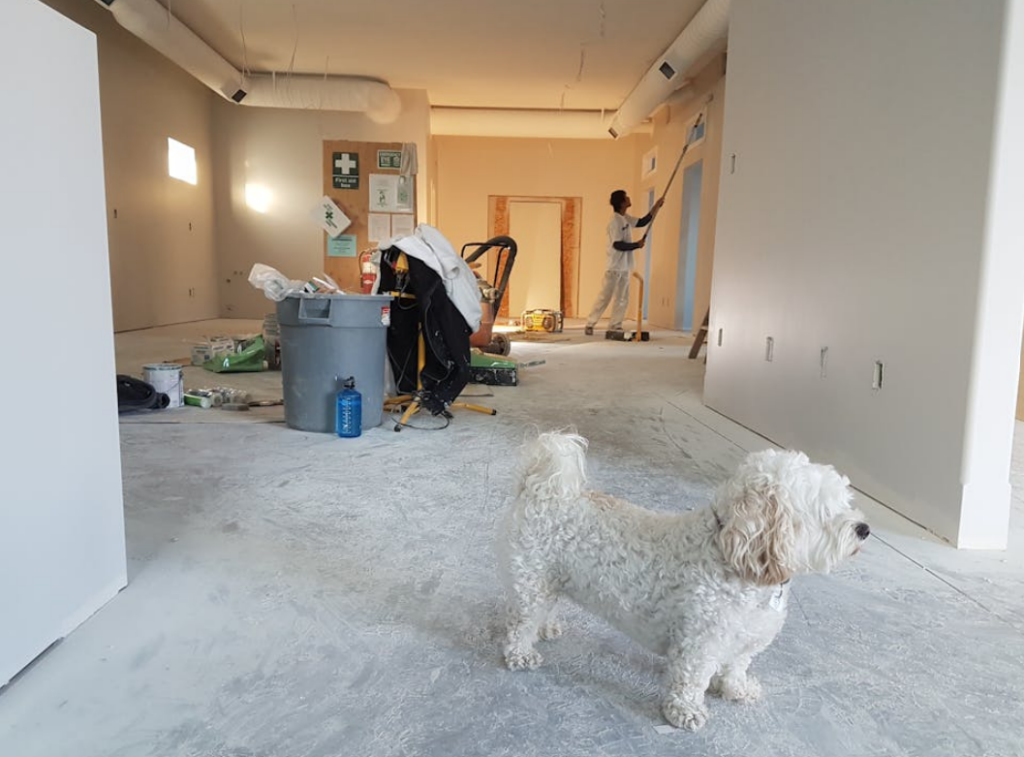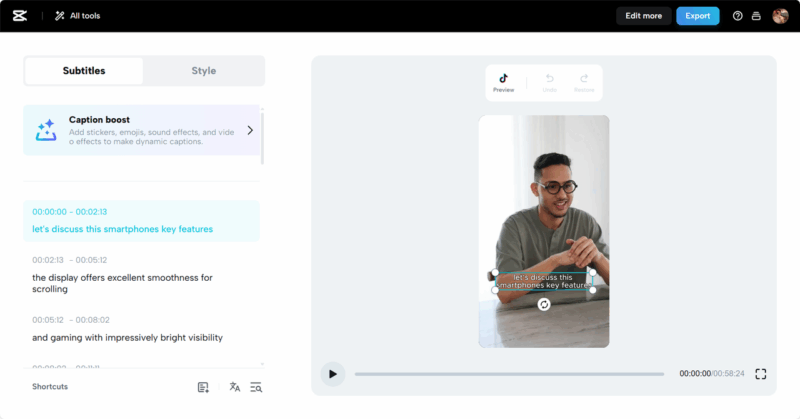
Are you considering giving your home a makeover but worried about breaking the bank? Don’t fret! Planning a home renovation on a tight budget is possible. Careful planning and smart decision-making can help you achieve your desired results without breaking the bank.
You might be facing financial constraints or simply looking to reduce your spending. Whatever the reason, opting for a budget-friendly approach to home renovation is a smart move. With growing financial challenges, the renovation budget is likely to decrease.
According to the Leading Indicator of Remodeling Activity (LIRA), spending on residential improvements and repairs is projected to decline in 2024. The declining spending trend is observed for the first time since 2010. Similarly, findings from a Houzz survey indicate that approximately 15% of homeowners have delayed a renovation project scheduled for either this year or 2024.
When funds are limited, every dollar counts. This blog post aims to explore some practical tips to help you navigate the world of home renovation on a tight budget.
Leverage Equipment Rental Services
Consider leveraging equipment rental services to save on costs. Renting tools and machinery as needed reduces upfront expenses. It allows you to access specialized equipment without the hefty price tag of purchasing.
According to SitePro Rentals, renting equipment also eliminates the need for storage space. Instead of investing in expensive machinery that requires storage when not in use, you can simply return rented equipment after completing your project. This frees up space in your home and reduces clutter.
However, you must engage with a rental company that is located near you. This ensures convenient access to equipment and timely deliveries. Collaborating with a nearby rental equipment company offers several benefits. It eliminates long wait times for equipment transportation, reduces transportation costs, and allows for easier coordination of rental schedules.
Searching online for companies that provide “rent equipment near me” may yield numerous results. However, it’s essential to select the best company for your needs. Look for a reputable rental company with positive reviews and a wide selection of equipment.
Prioritize Essential Upgrades
According to findings from a Houzz survey, bathrooms and kitchens are the top interior projects for homeowners. Nearly 39% of homeowners plan to undertake kitchen renovations. Similarly, 53% intend to initiate bathroom renovations. Additionally, 24% prioritize updates to living rooms and family rooms, while 20% focus on bedrooms, and 19% on laundry rooms.
Consider allocating a larger portion of your budget to these spaces, as they are commonly used and can add value to your home. Invest in quality fixtures and materials that will stand the test of time.
However, don’t overlook other important areas of your home, such as living rooms and laundry rooms. While these spaces may not require extensive renovations, simple updates like fresh paint, new flooring, or upgraded lighting can make a significant difference. Prioritizing essential upgrades ensures that you make the most of your budget while improving the overall look and functionality of your home.
Optimize Material Selection
When planning a home improvement project on a tight budget, optimizing material selection is key. Look for alternatives that mimic more expensive options without compromising on aesthetics.
Consider shopping at discount stores or online marketplaces for budget-friendly materials.
Compare prices and quality to ensure you’re getting the best value for your money. Additionally, prioritize essential materials for areas that will have the most significant impact on your home’s overall look and functionality.
Avoid overspending on trendy or luxury materials that may quickly go out of style. Instead, focus on timeless options that will withstand the test of time. By optimizing material selection, you can stretch your budget further and achieve the desired results for your next remodeling project.
Maximize DIY Opportunities
Based on recent CivicScience data, 62% of American homeowners plan to renovate or remodel their homes within the next year. Similar to previous years, do-it-yourself (DIY) projects are more popular than professional work.

About 43% intend to undertake renovations independently, up by 5 percentage points from 2023. Only 29% will hire professionals, down by 3 percentage points from 2023.
DIY projects can significantly reduce labor costs. Tackling tasks like painting, minor repairs, and simple installations yourself can save you money. Consider learning new skills through online tutorials or workshops to expand your DIY capabilities. With the right tools and resources, you can confidently take on a variety of home improvement projects. Prioritize safety and quality to ensure successful DIY renovations on a tight budget.
Frequently Asked Questions (FAQs):
How Do I Create a Budget for a Home Renovation?
To create a budget for a home renovation, start by listing all anticipated expenses. Calculate costs for materials, labor, permits, and any additional fees. Research prices and gather quotes from contractors and suppliers. Be sure to include a contingency fund for unexpected expenses.
How Do I Plan a Homemade Home Renovation?
To plan a homemade home renovation, begin by assessing your needs and setting clear goals. Create a detailed project timeline and budget. Research DIY techniques and gather necessary tools and materials. Seek advice from professionals when needed.
What Should I Do First for Home Renovation?
For a home renovation, start by assessing your needs and priorities. Create a detailed plan and budget. Obtain necessary permits and approvals before beginning work.
In conclusion, planning a home renovation on a tight budget requires careful consideration and strategic decision-making. It’s important to stay realistic about your budget constraints and prioritize quality and safety throughout the process. With these tips in mind, you can successfully transform your home while keeping costs in check.














